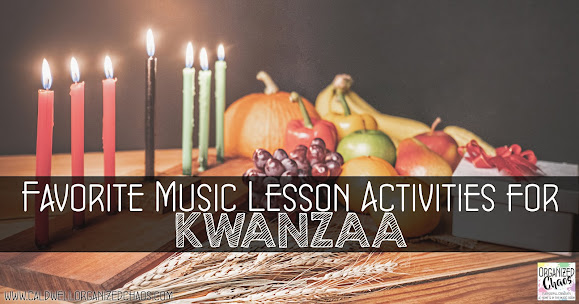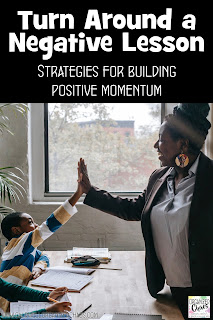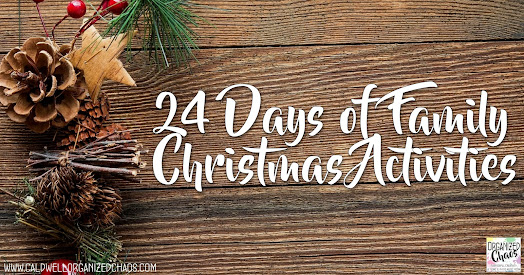It's that time of year: it was my annual tradition to lose my voice a couple of months into each school year for my first decade of teaching! As much as I tried, I could never seem to kick the habit. Over the years I've learned more about how to maintain vocal health as a music teacher, and honestly, started taking more seriously the things I have long known I *should* be doing. Here are some of my top tips for maintaining a healthy voice when you're teaching elementary music.
This post contains affiliate link(s) that do not impact the price, purchase experience, my opinions, or my writing.
First, of course, a disclaimer: I am definitely not a doctor and have no medical background! If you have serious vocal health concerns, or just want to get more specific, data-based recommendations for your individual health needs, please go see a doctor. Our voices are so important as music teachers and we need to treat our vocal health with the same importance we place on our overall health. So please don't hesitate to seek professional help!
That being said, these are some things that have worked for me, in order from biggest impact to smallest (from my very informal, unscientific observations!):
1. Talk less
It's amazing how much of the time we spend talking is superfluous. Take one class period and try to focus on speaking as few words as possible. I've found that the longer I teach, the less I talk in class. Of course I know that's easier said than done! The main factor that makes it possible for me to speak very little is good preparation. I find when I'm talking a lot in class it's because I am processing and talking through what we just did or what we're about to do. If I already know what's next, a lot of times I can just start- no need to say anything at all! Instead of saying "OK everyone, I'm going to teach you a new song today- everyone listen and echo after me", just sing a line while you point to yourself, then point out to them. Most of the time they'll get it, and if they don't, do it again and they will the 2nd time. Trust me, the more times you practice talking less, the more ways you'll find to reduce your talking time!
2. Drink more
When we came back on a cart in a hybrid model fully distanced and masked in 2020, I suddenly found myself drinking over 70oz of water just during the school day which was a huge jump for me! Not only was I expending more energy running all over the building, but because I had more passing time between classes and I was often passing by bathrooms, I was able to use the bathroom more often and got into the habit of drinking between every class. Now that we're back to more pre-pandemic schedules I'm still drinking way more than I used to, and it has made a significant difference. I know, I have days with many classes back-to-back, but I've learned it's important enough to just drink the water and if I have to ask a homeroom teacher to wait a minute while I use the bathroom, so be it.
3. Use a voice amplifier
I always swore I would not be one of those people but yes, here I am. The 2020-21 school year was the first year of my teaching career that I did not lose my voice. It was partly, I think, because of other things like drinking so much more water and being exposed to fewer germs because of the covid protocols, but I am convinced the biggest difference was that I wore one of these personal voice amplifiers every lesson, every day, all year. I stopped wearing it at the beginning of this school year because I wasn't wearing a mask, but now as I feel a bit more of a tickle in my throat I am putting it back on, mask or no mask- I plan to continue to keep it in rotation any time I feel my voice getting tired!
4. Take care of your overall health
Obviously you're more likely to have vocal health issues if you're sick. It's easy for me to put my own health on the back burner when life gets busy but I've started taking my own health more seriously and it really does make a difference. Eating and sleeping well are the main things I focus on, and of course you can talk to your doctor about what they recommend for maintaining and improving your overall health!
5. Use attention getters
There are so many attention getters out there, I'm not going to repeat them all here, but if you don't have an attention getter you use to quiet a classroom you need one (and calling loudly to them over the noise doesn't count). Even better, use attention getters that don't use your voice. I have 2 attention getters and neither of them require anyone's voice (nor do they involve clapping that one pattern everyone loves to use). If we're in the middle of a whole group lesson activity and the class gets chatty, I use my hand signals (read about them here) to silently have them go from sitting to standing, or vice versa. It becomes very obvious very quickly who is paying attention! If students are working independently, my attention getter is to turn off the lights. My students know that lights off= sound off.
6. Warm up your voice
I haven't gotten to the point where I feel the need to do actual vocal warmups, but I do make a conscious effort to hum along, and then gradually switch to singing along, with the radio in the car on the way to school and in my classroom before classes start, ESPECIALLY on the days I have choir first period. It makes a huge difference!
Remedies to try
None of these are prescriptions or anything, but when my voice gets tired in spite of the vocal health strategies above, these are my go-to remedies that help a lot:
- gargle with hydrogen peroxide (or salt water): I know it sounds ridiculous but it really works! 1 part 3% hydrogen peroxide with 2 parts water, gargle for 1 minute. Read more here.
- throat coat tea
- drink warm water with honey and ginger
- breath in steam: I like to use this as an excuse to make a giant pot of chai. I get a big batch of chai to keep in the fridge, a wonderfully scented house, and some lovely smelling steam to breath in over the simmering pot all in one! Here's my basic recipe if you want to try, or just boil a pot of plain ole' water or run a hot shower.
What do you do to maintain your vocal health as a music teacher? Teachers and musicians in general use their voices a lot, so music teachers get a double-whammy that makes proactive vocal health strategies so important! I'd love to hear what you've found works for you in the comments.




















































